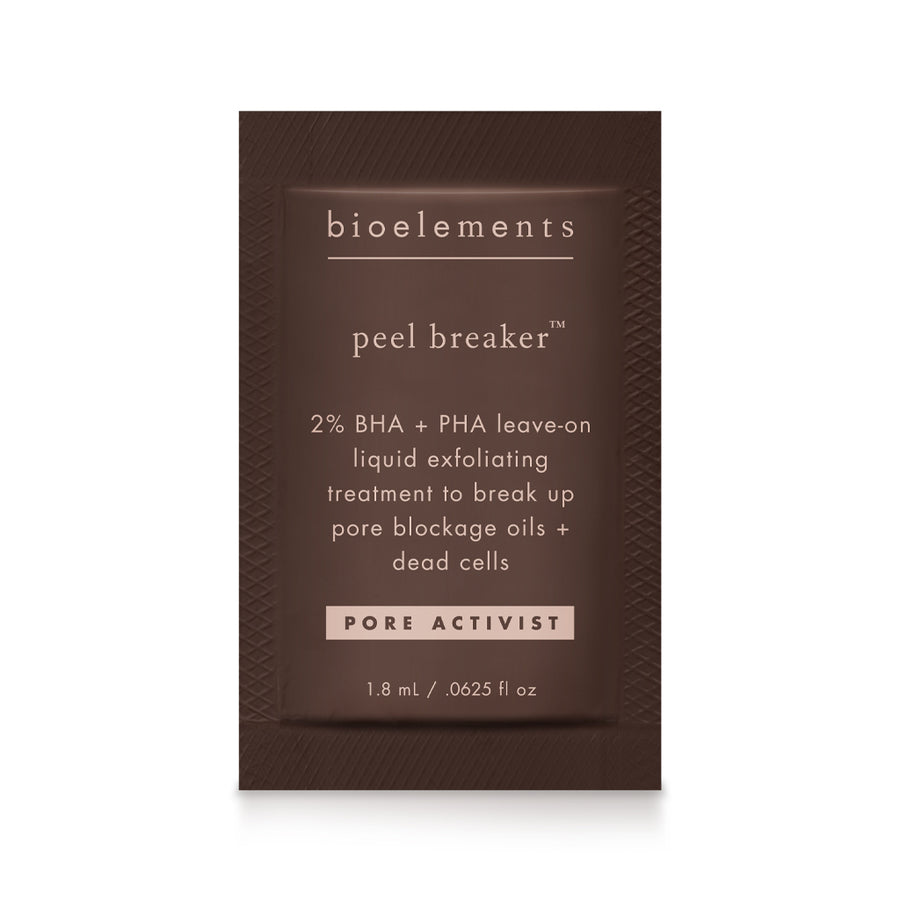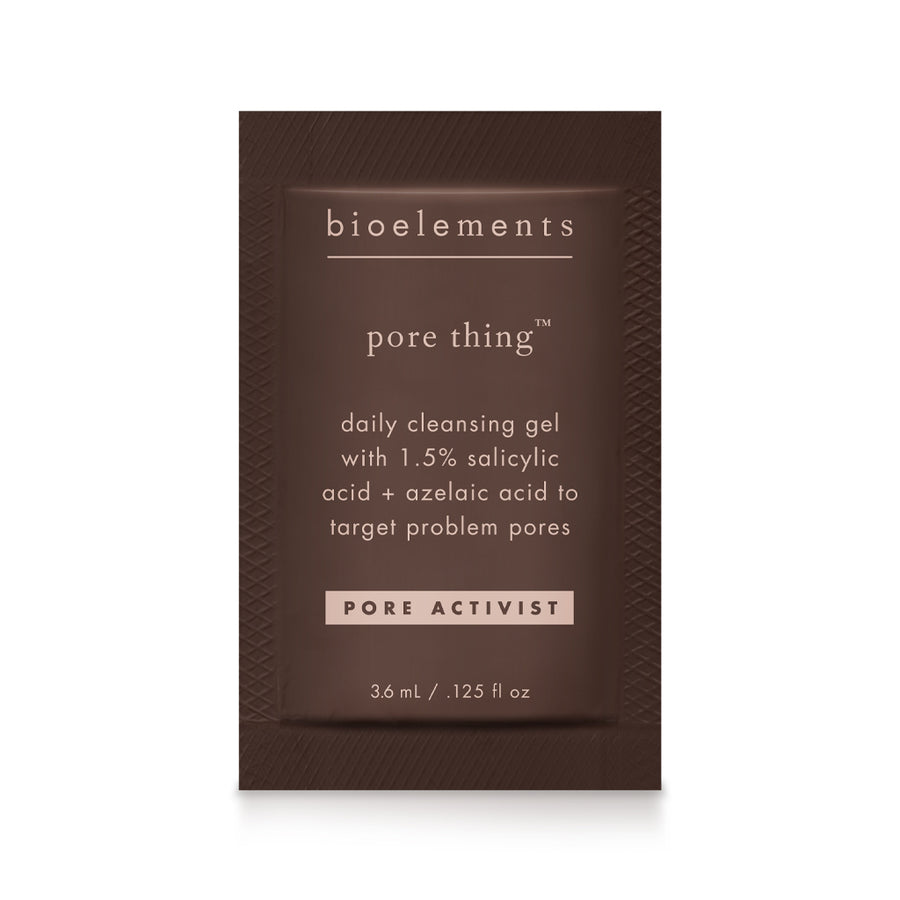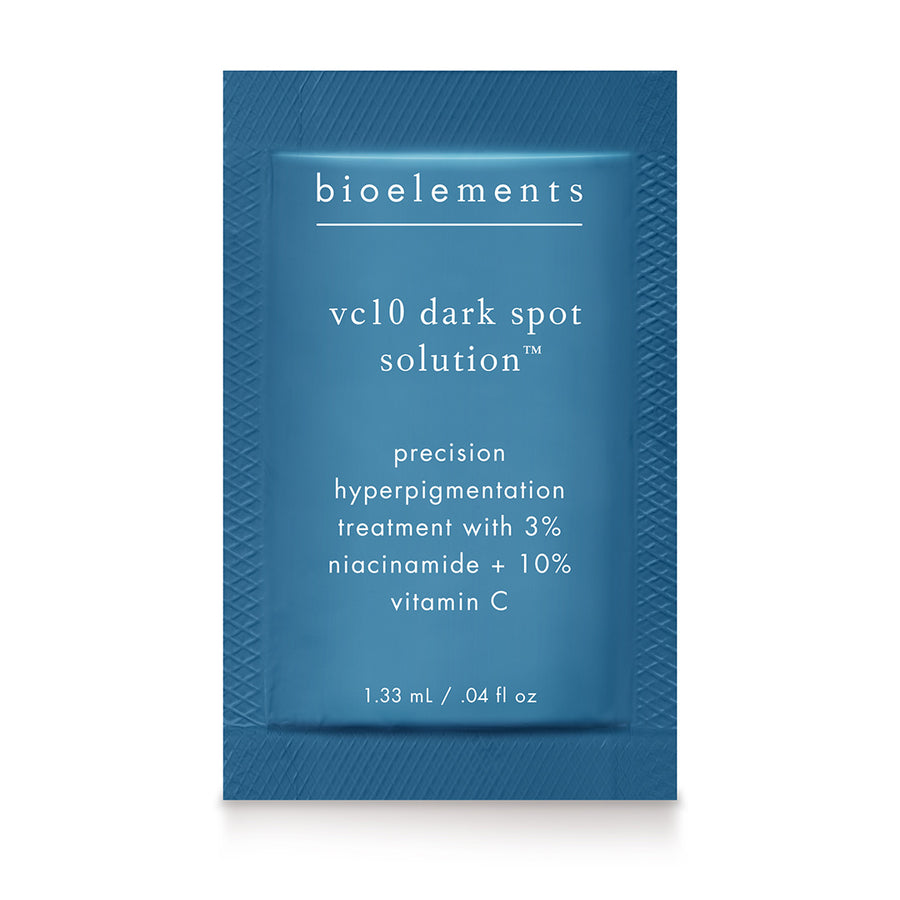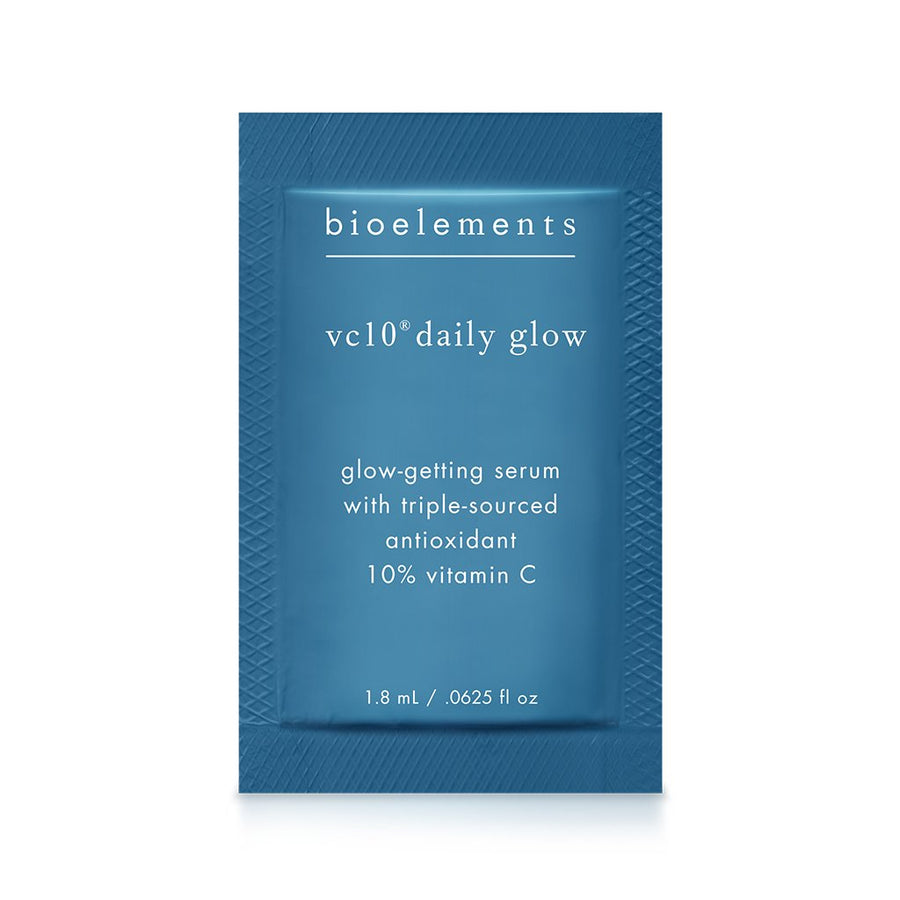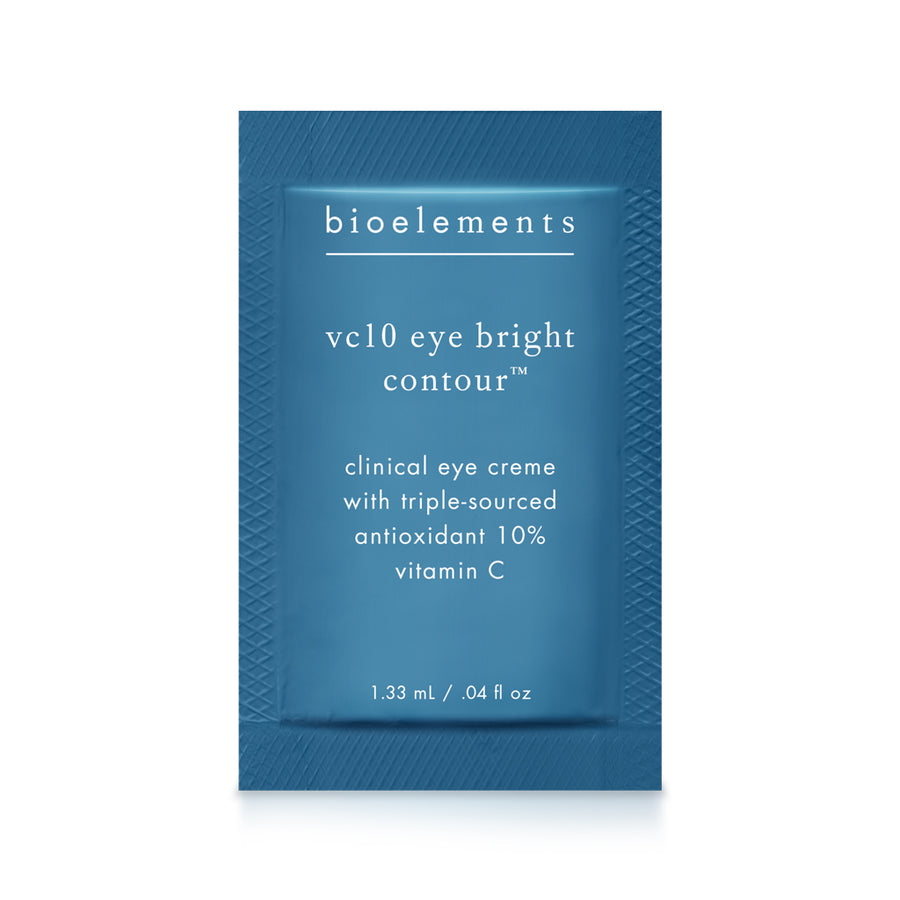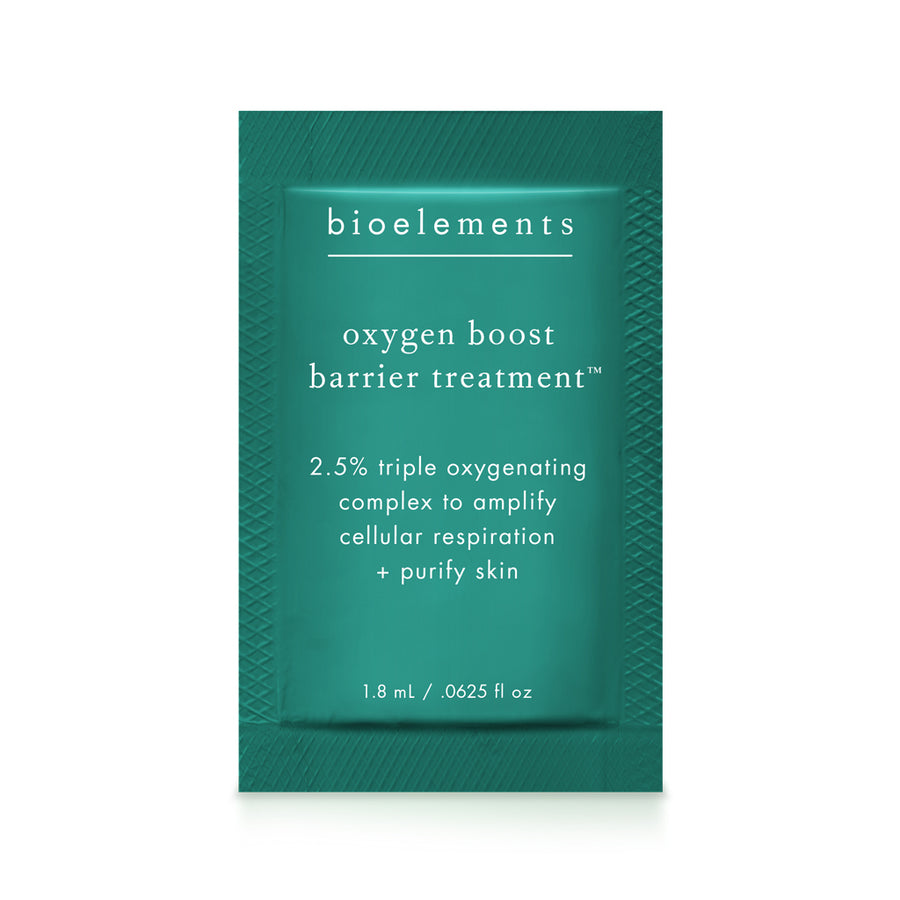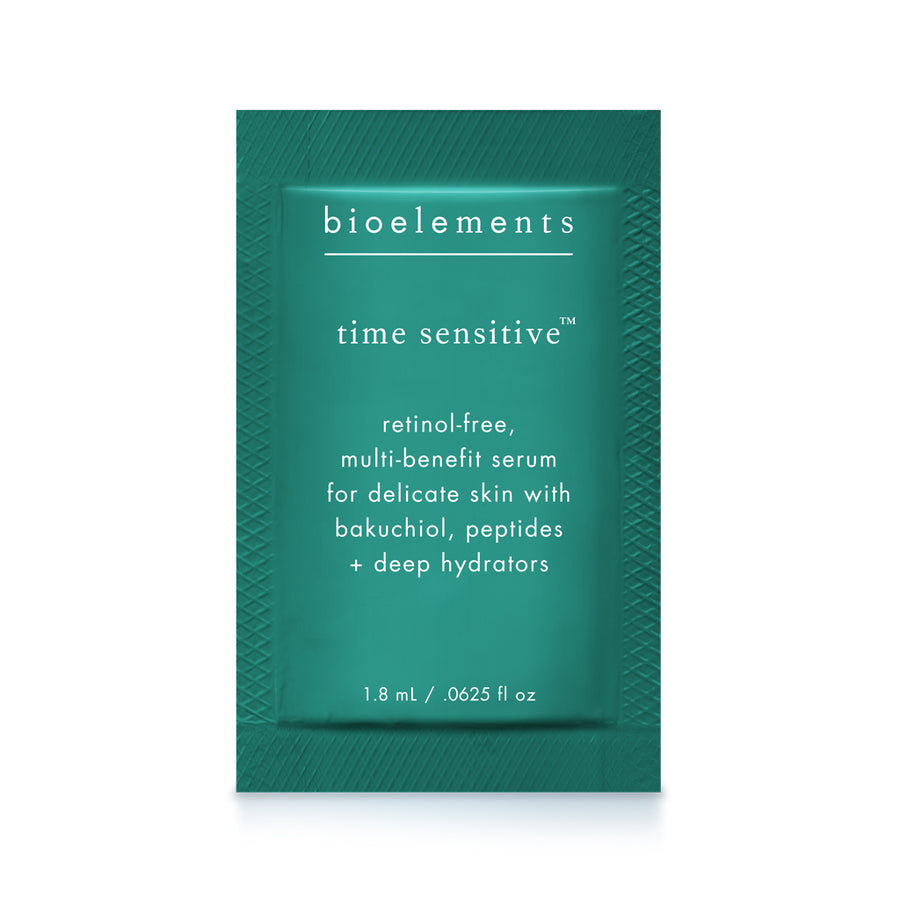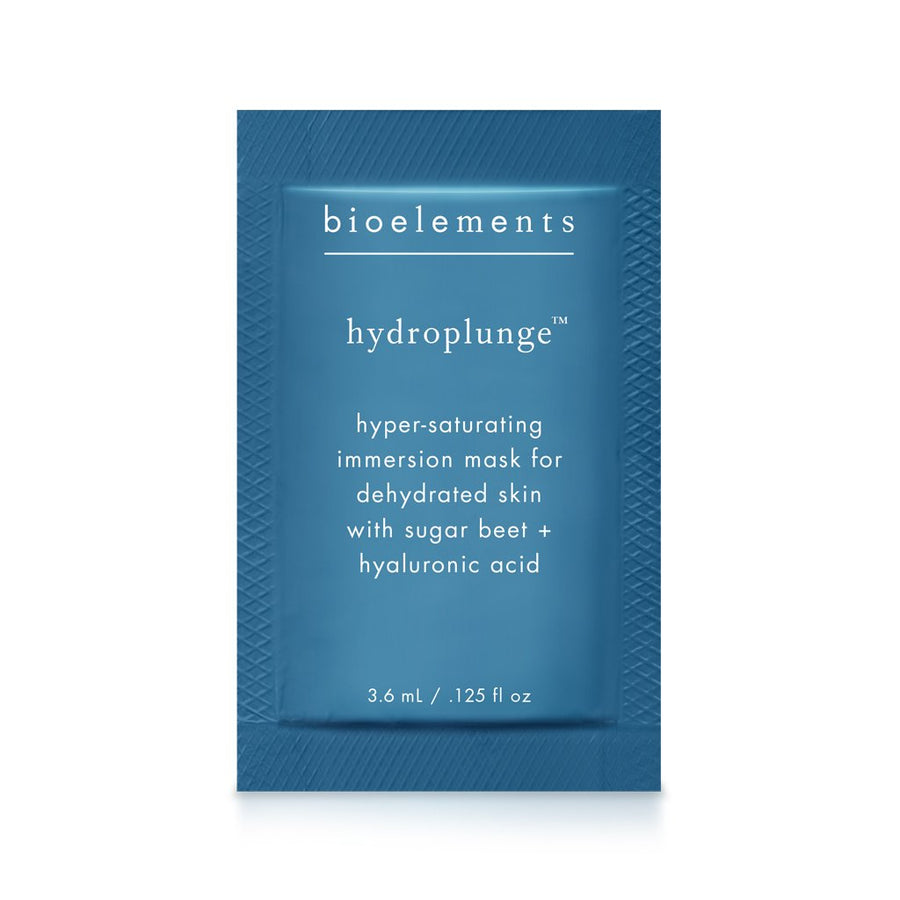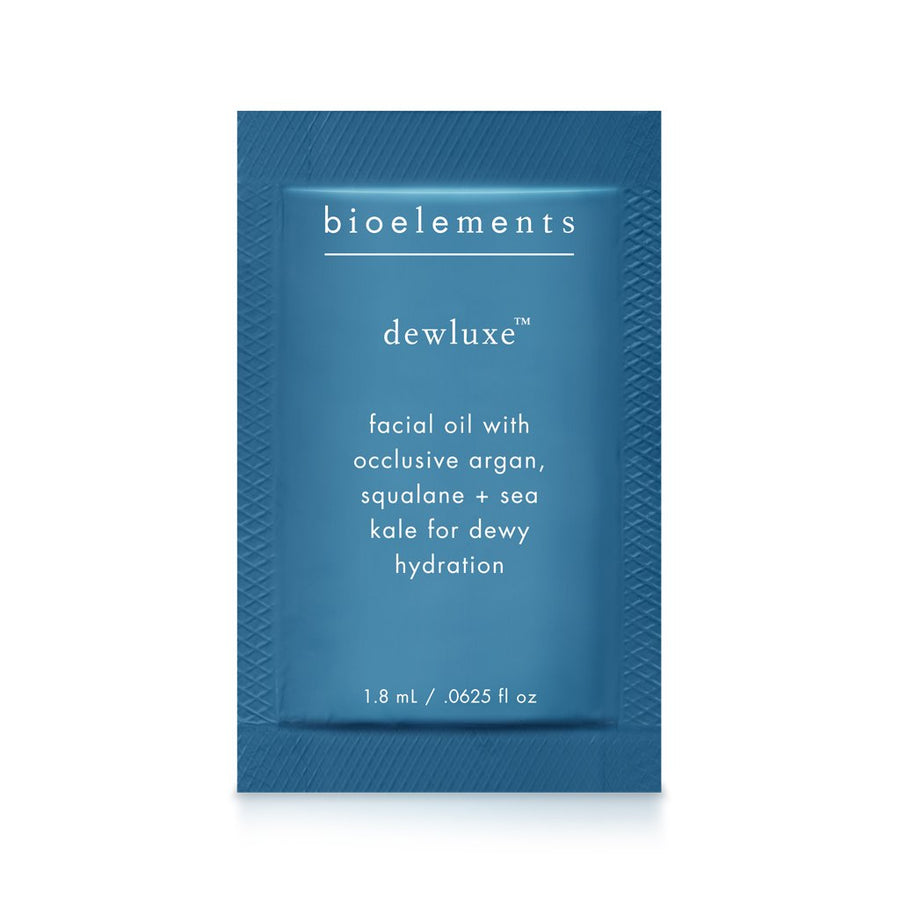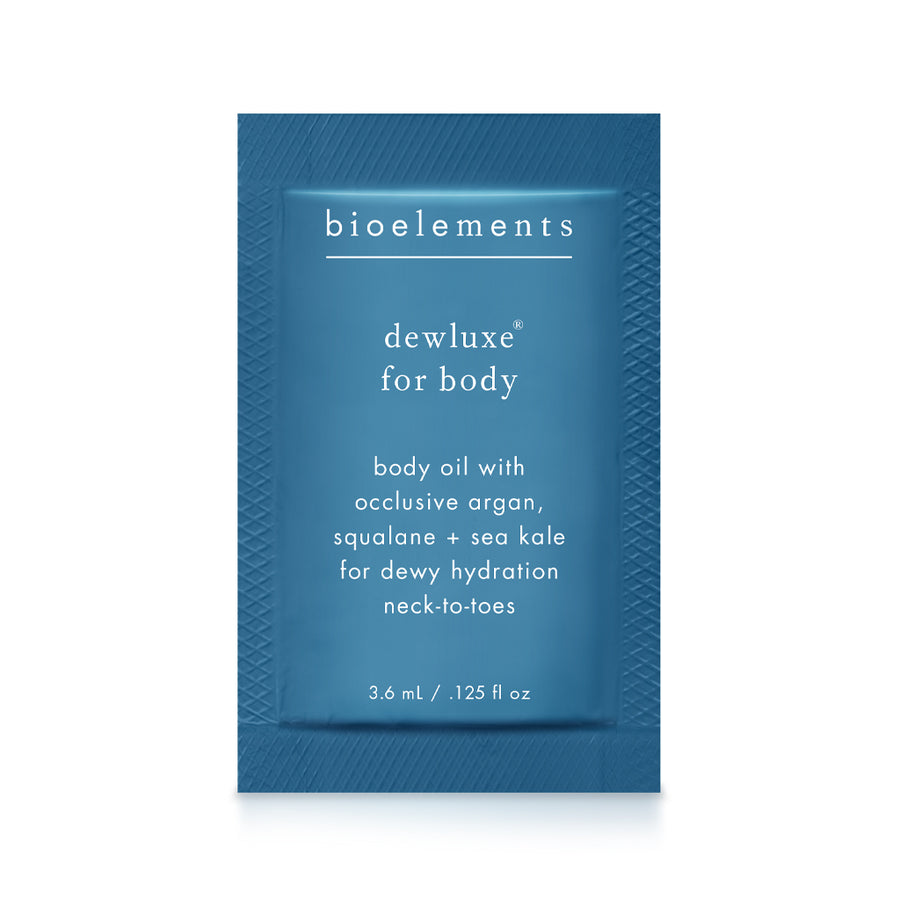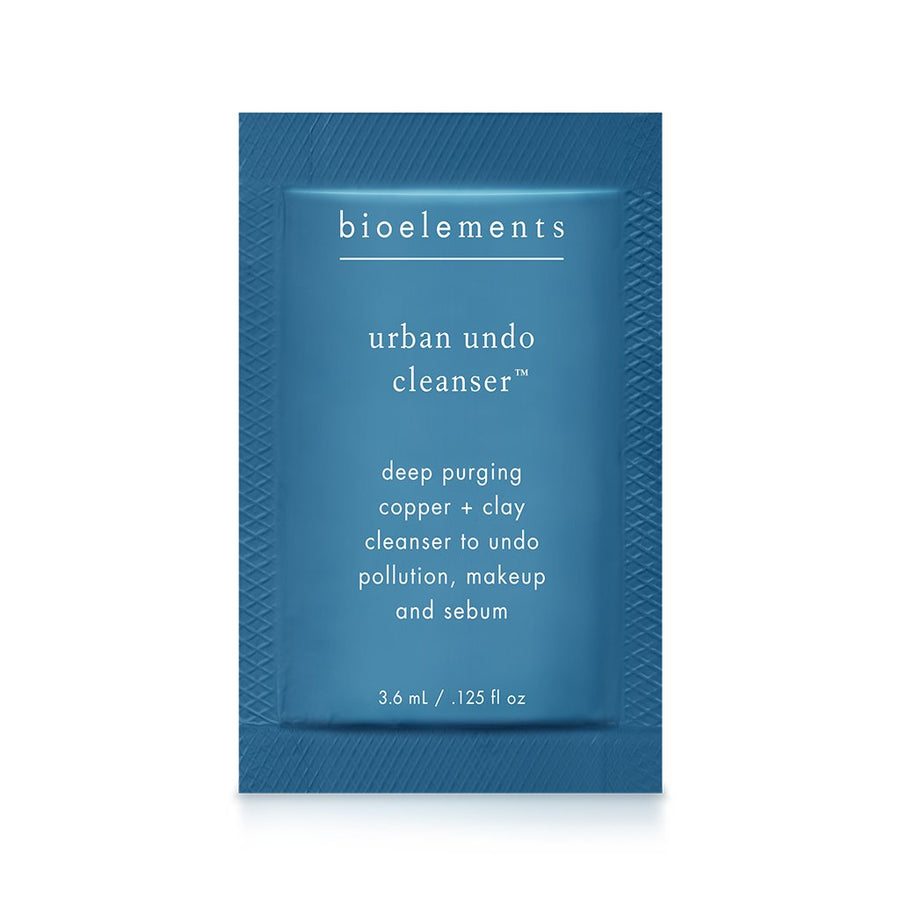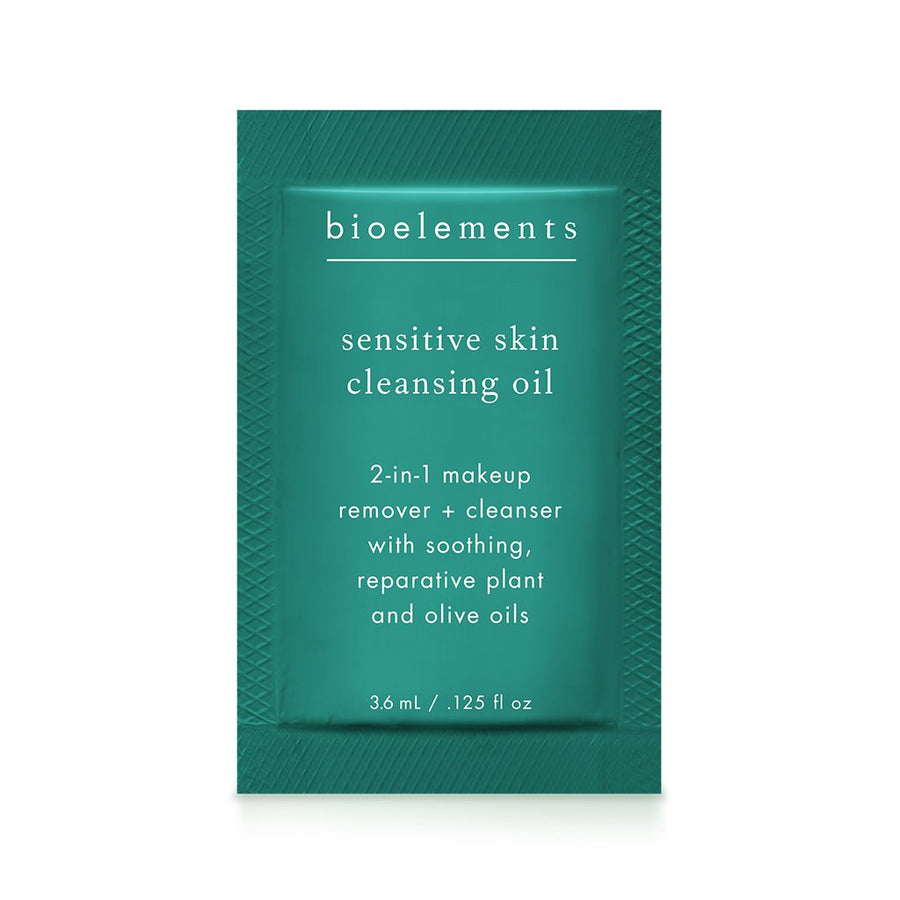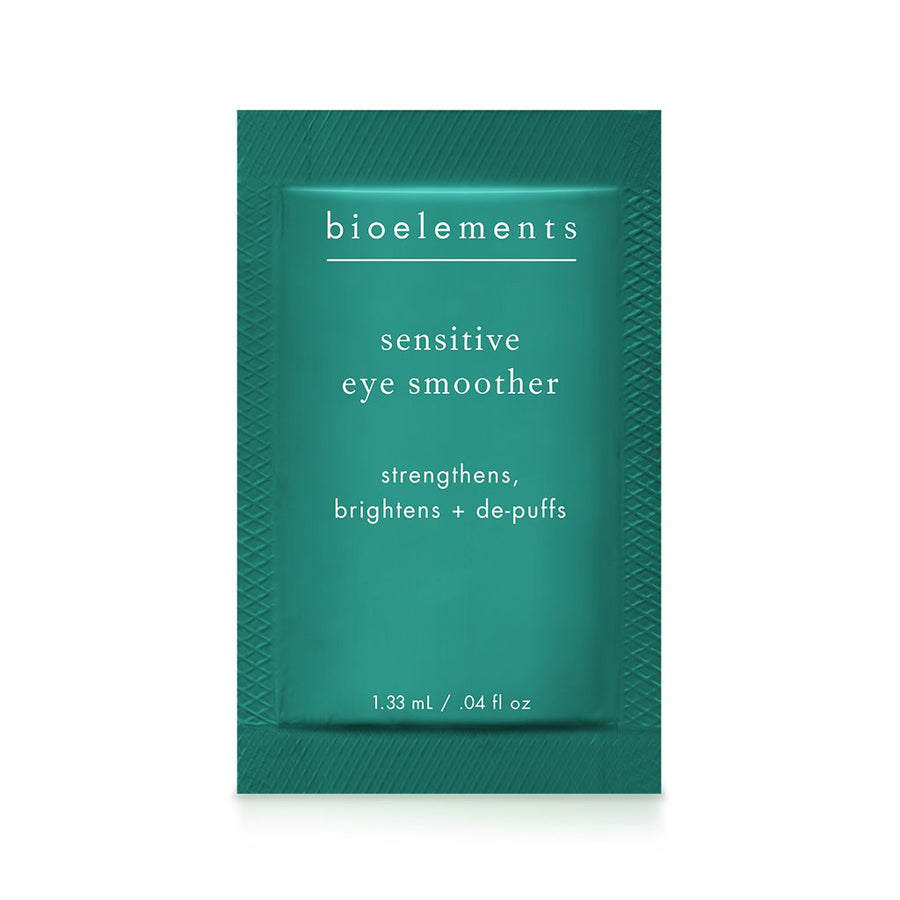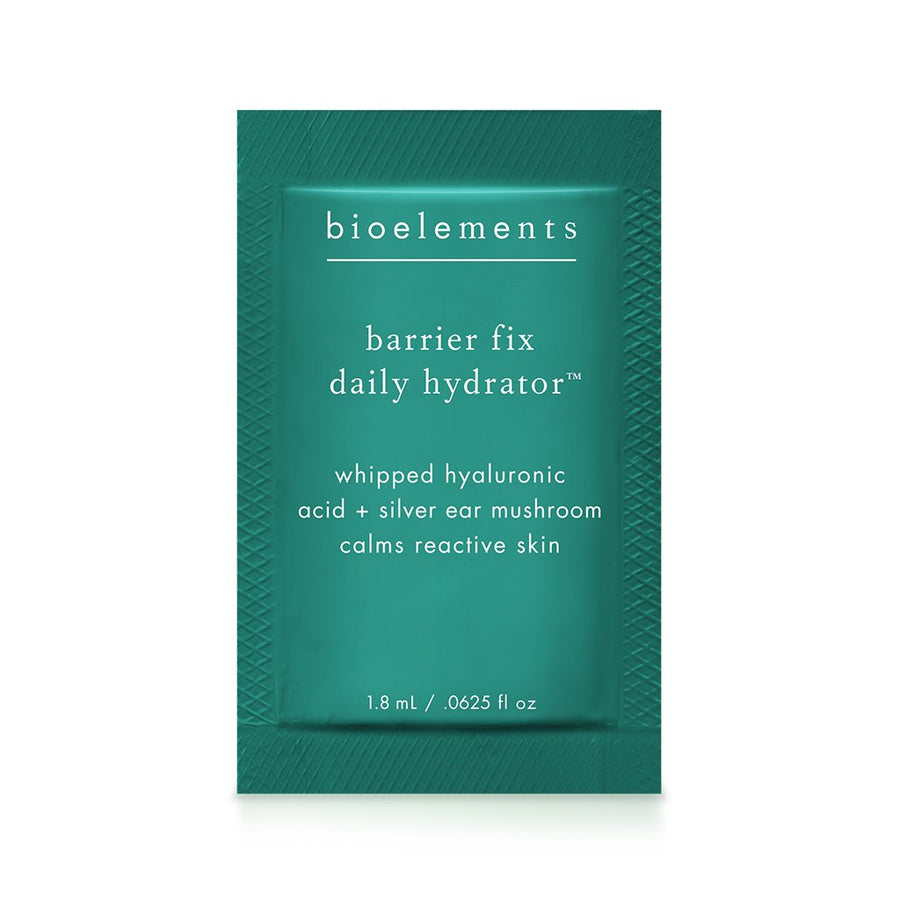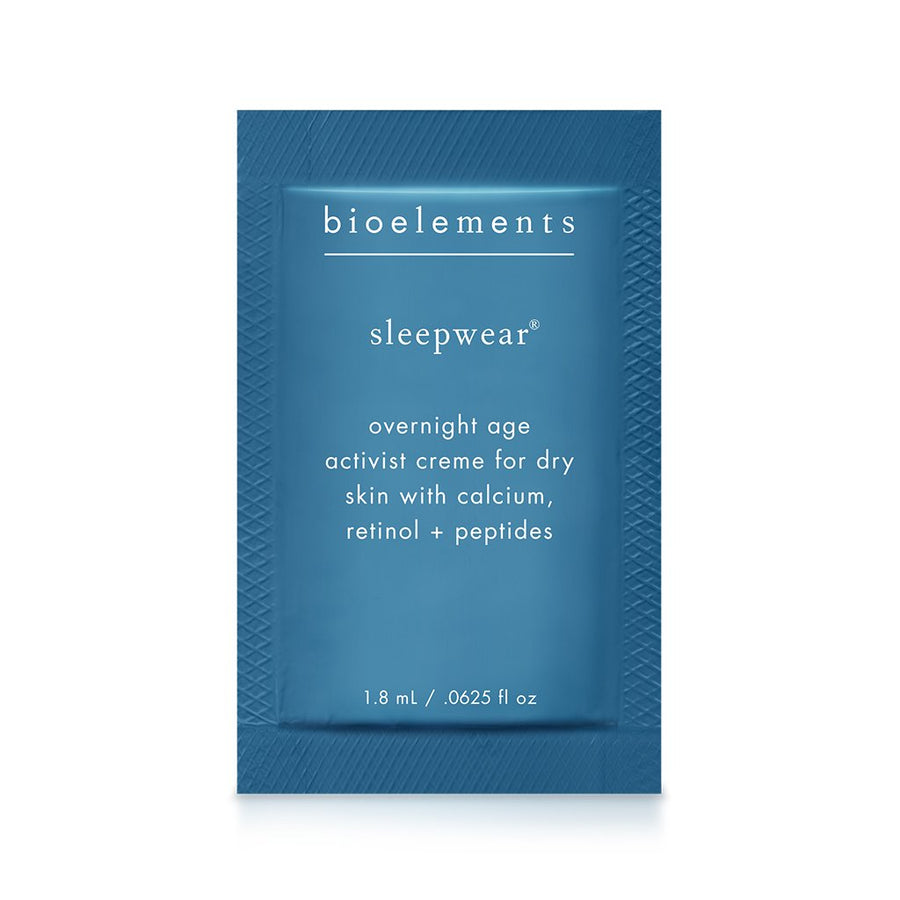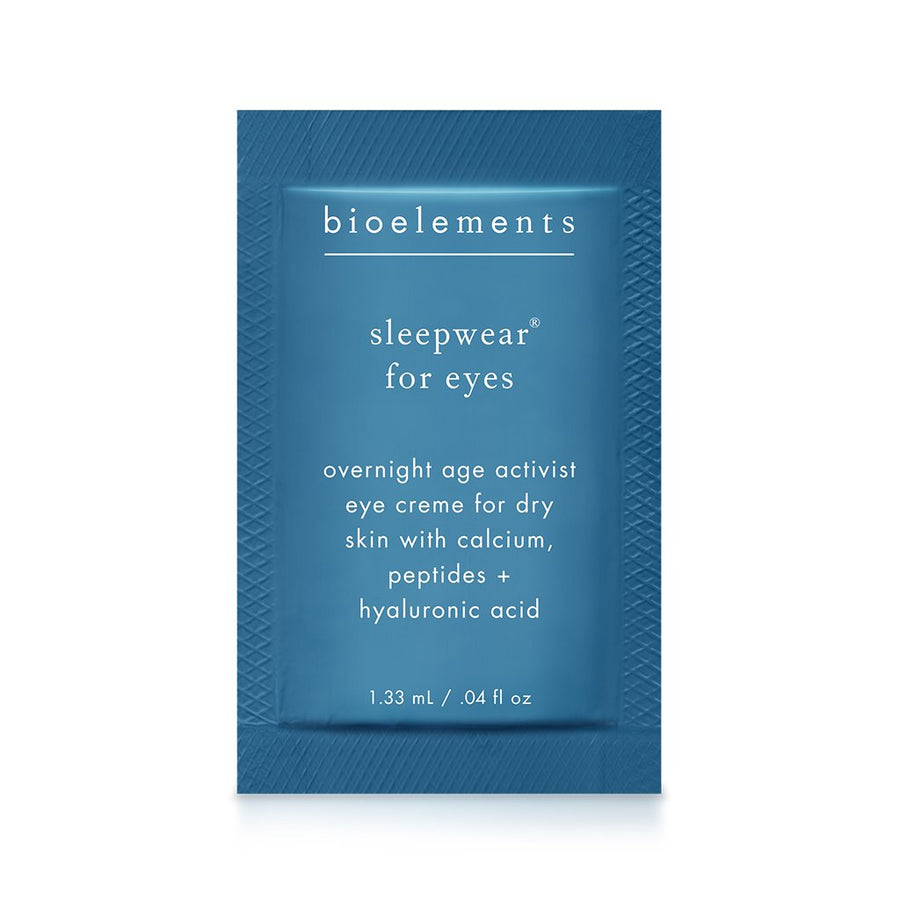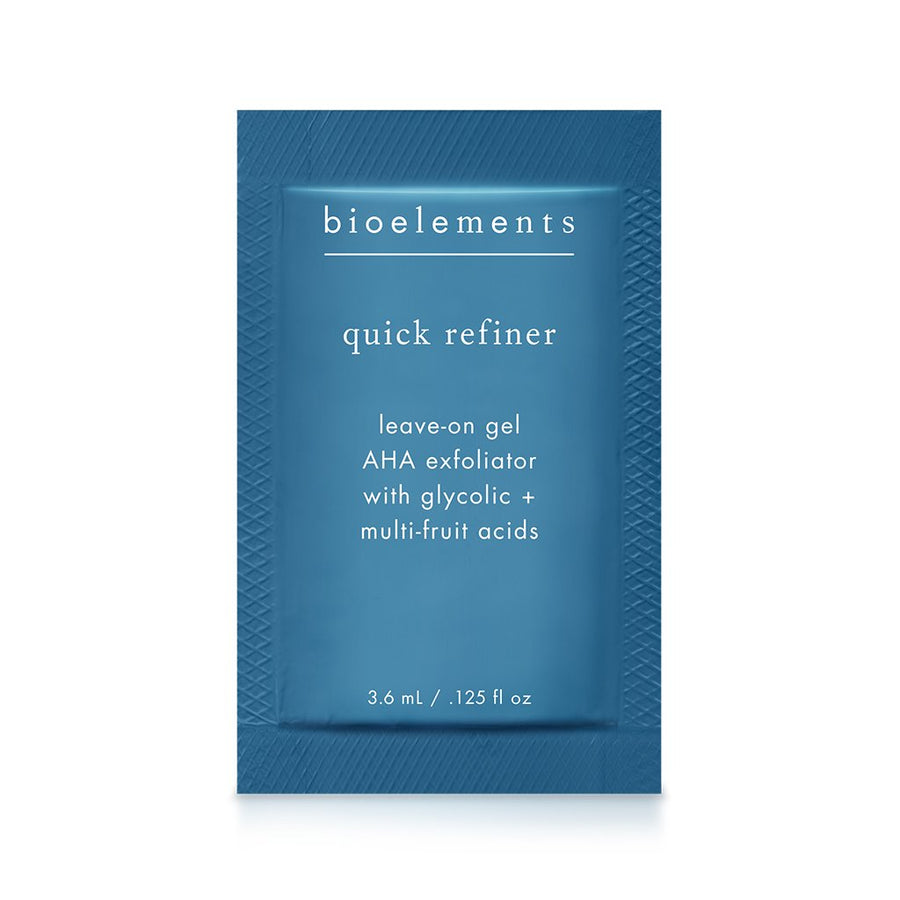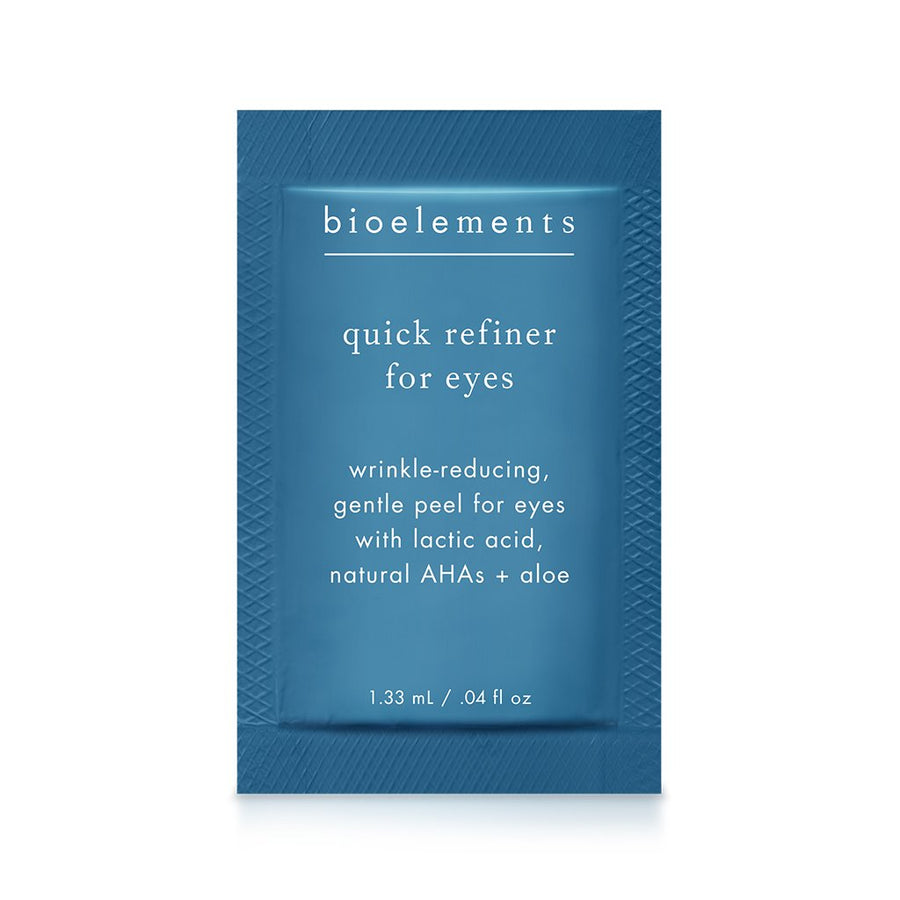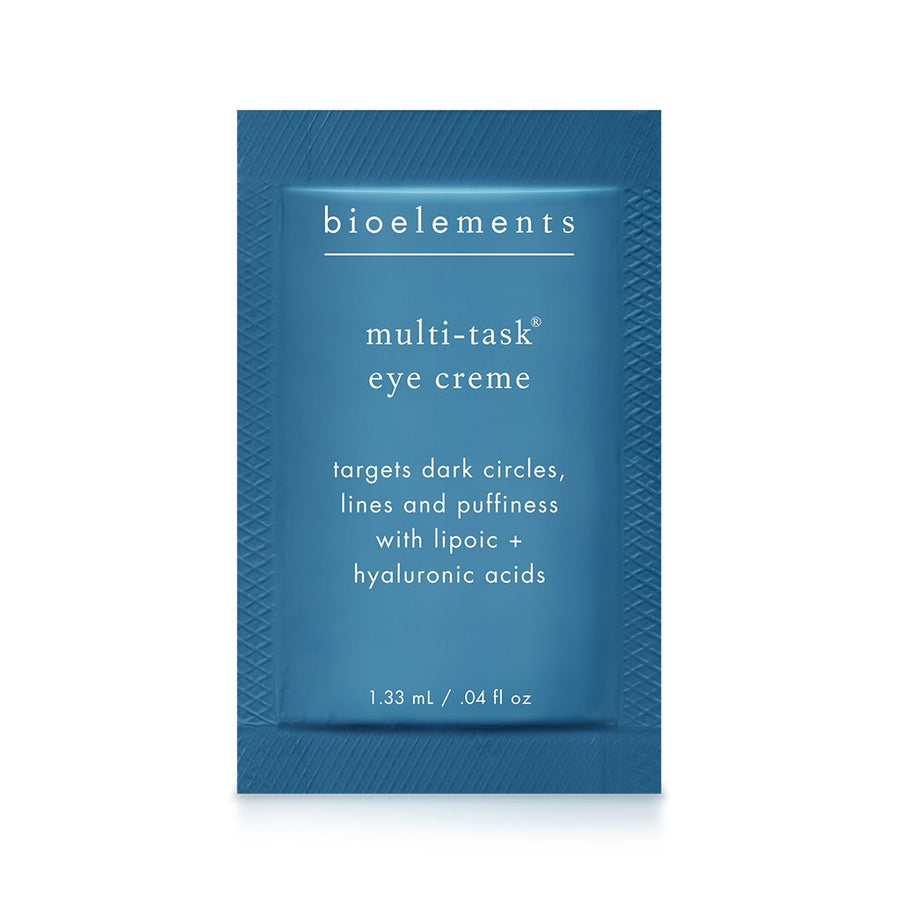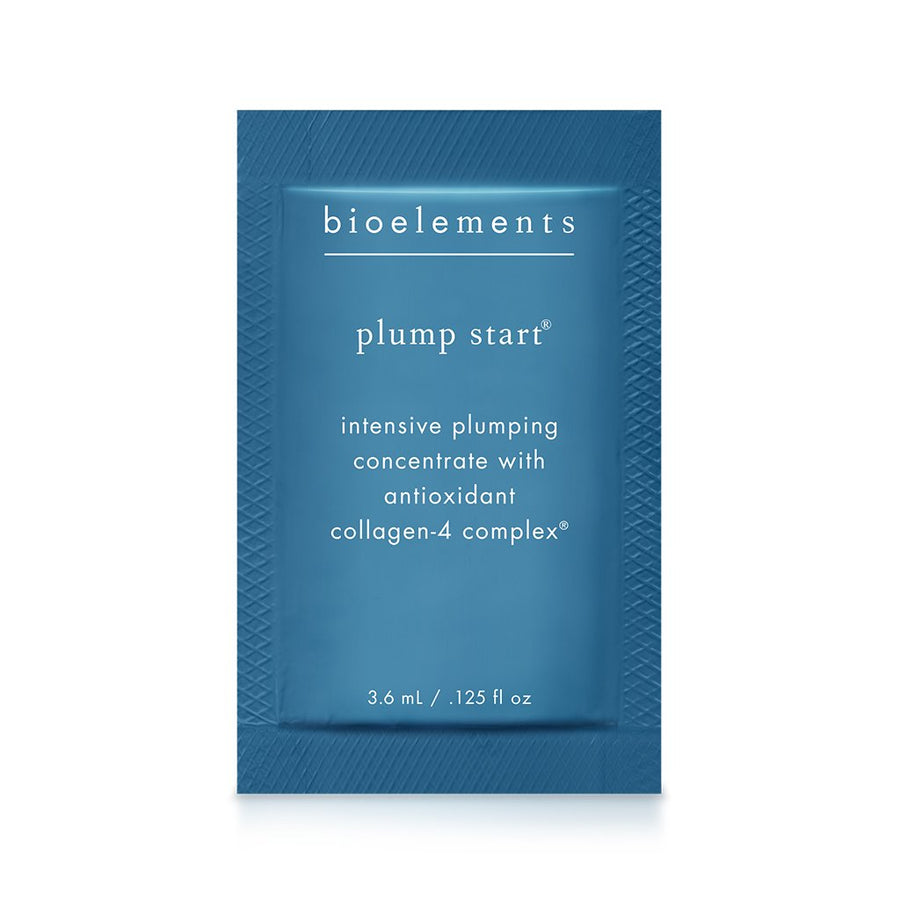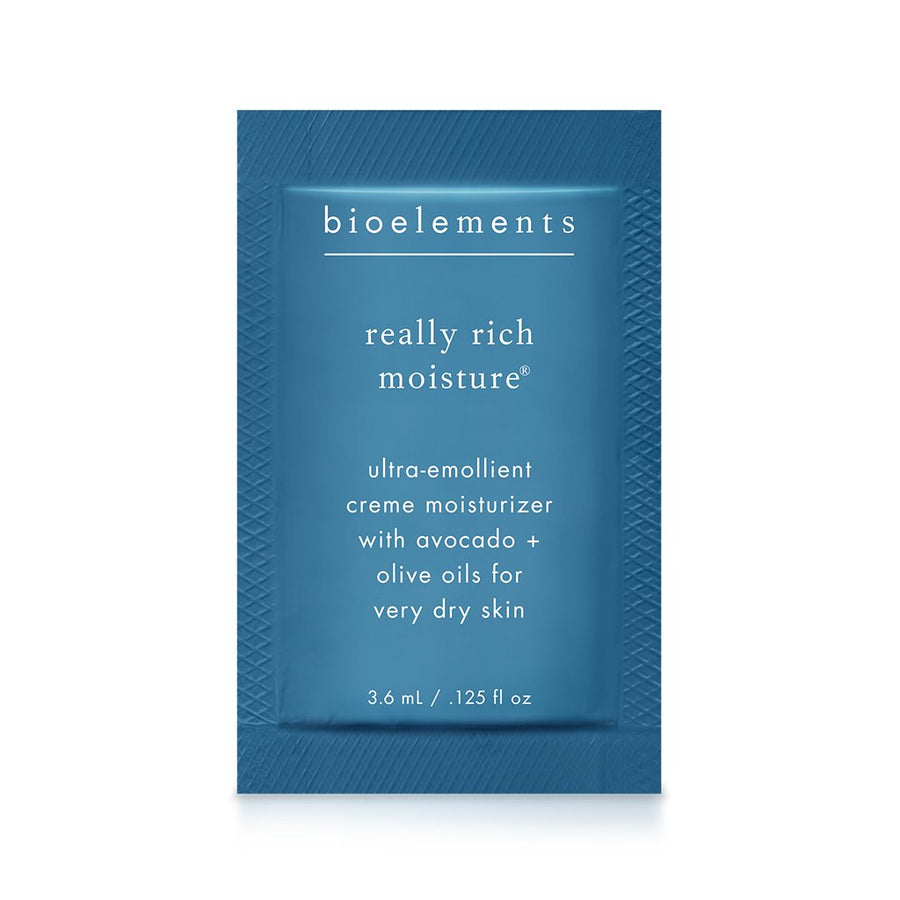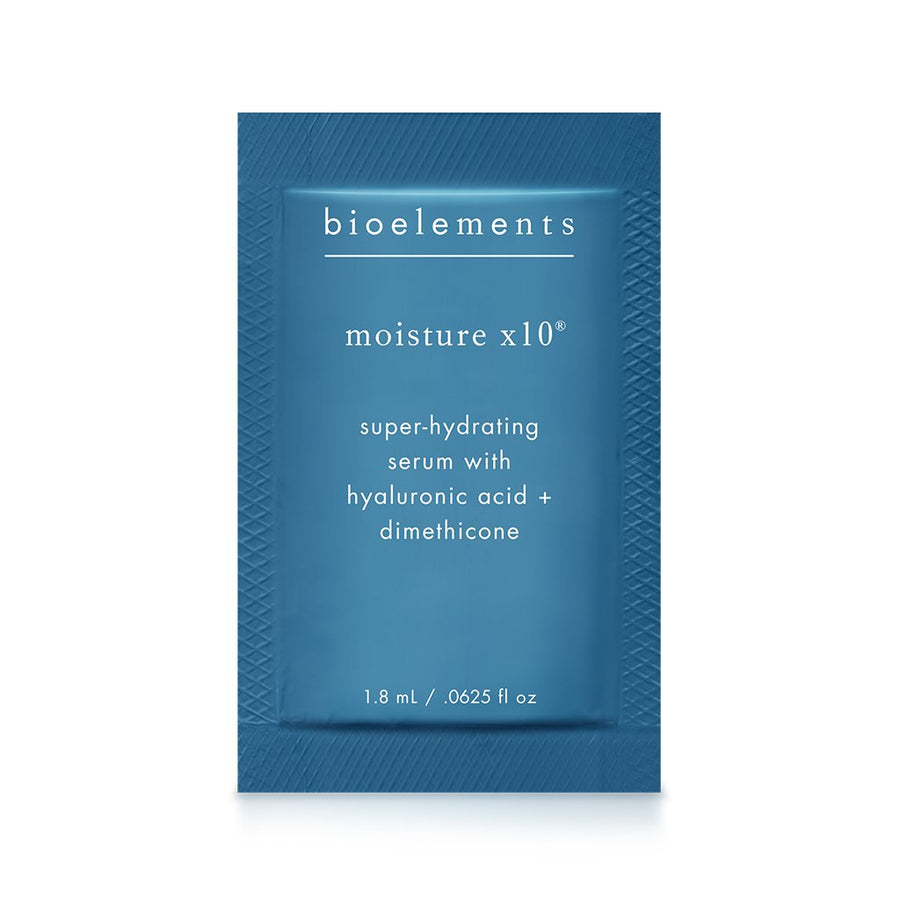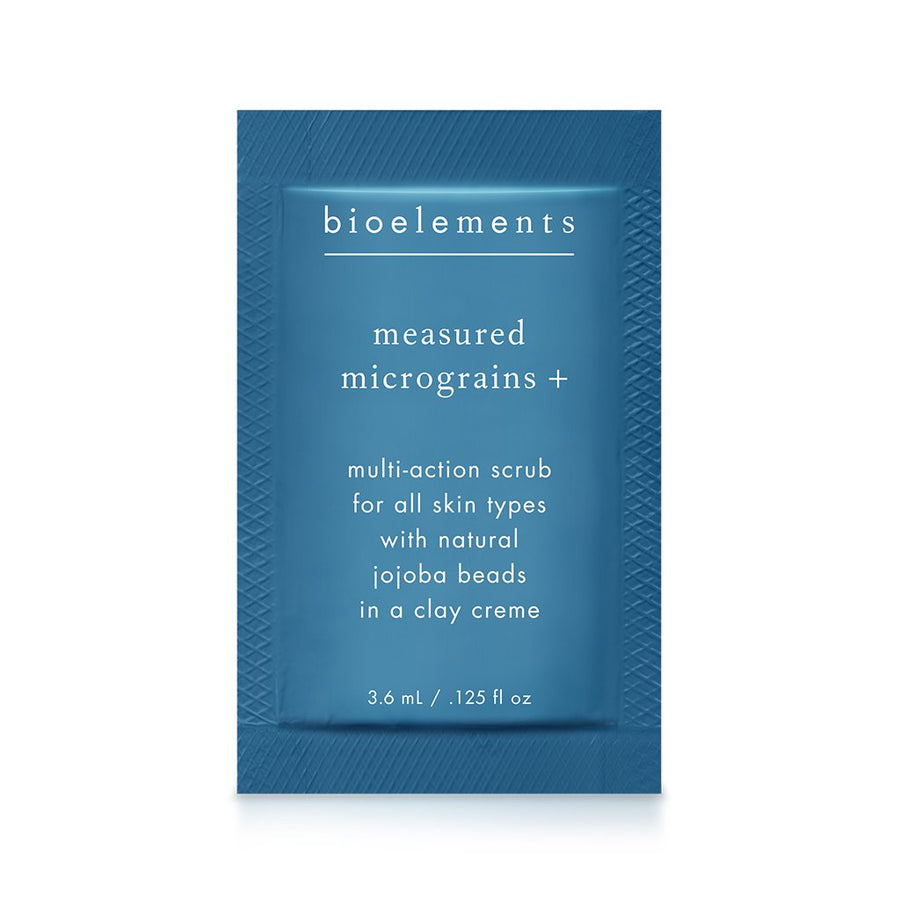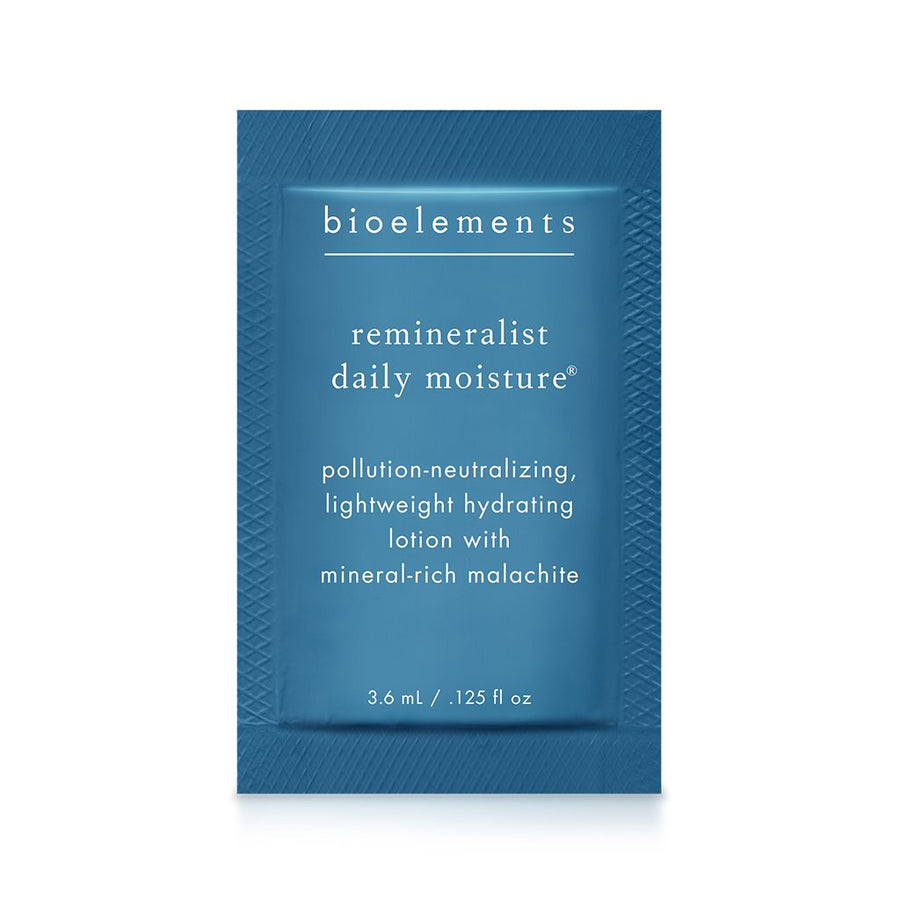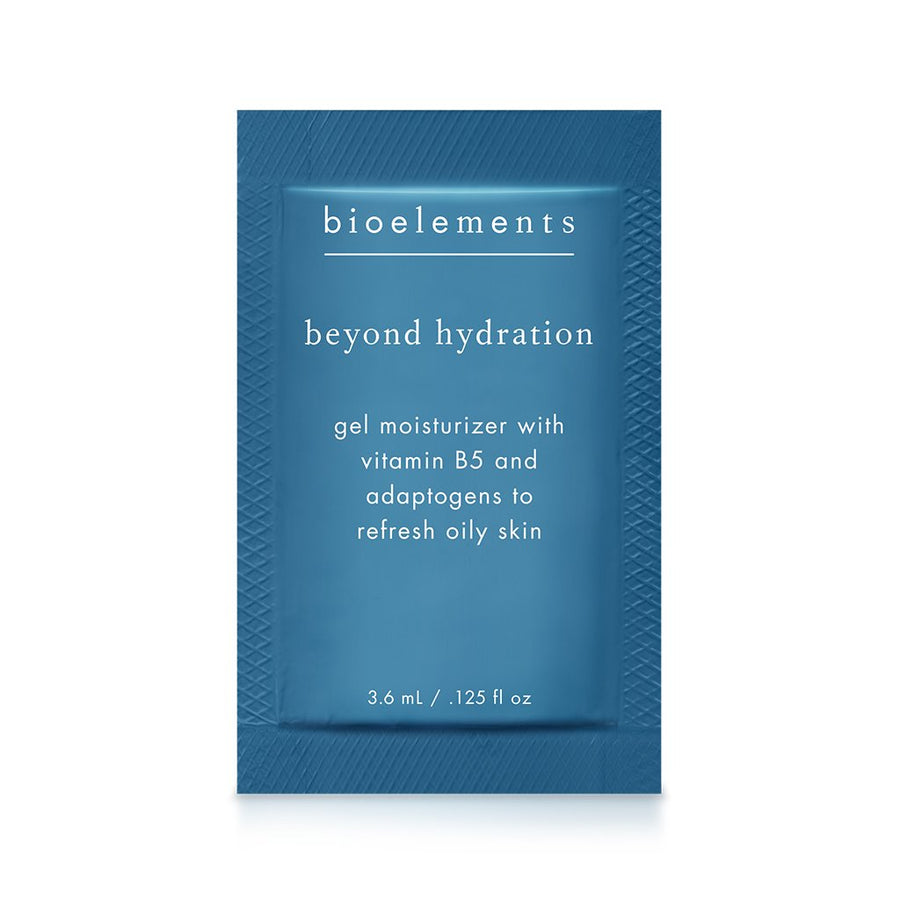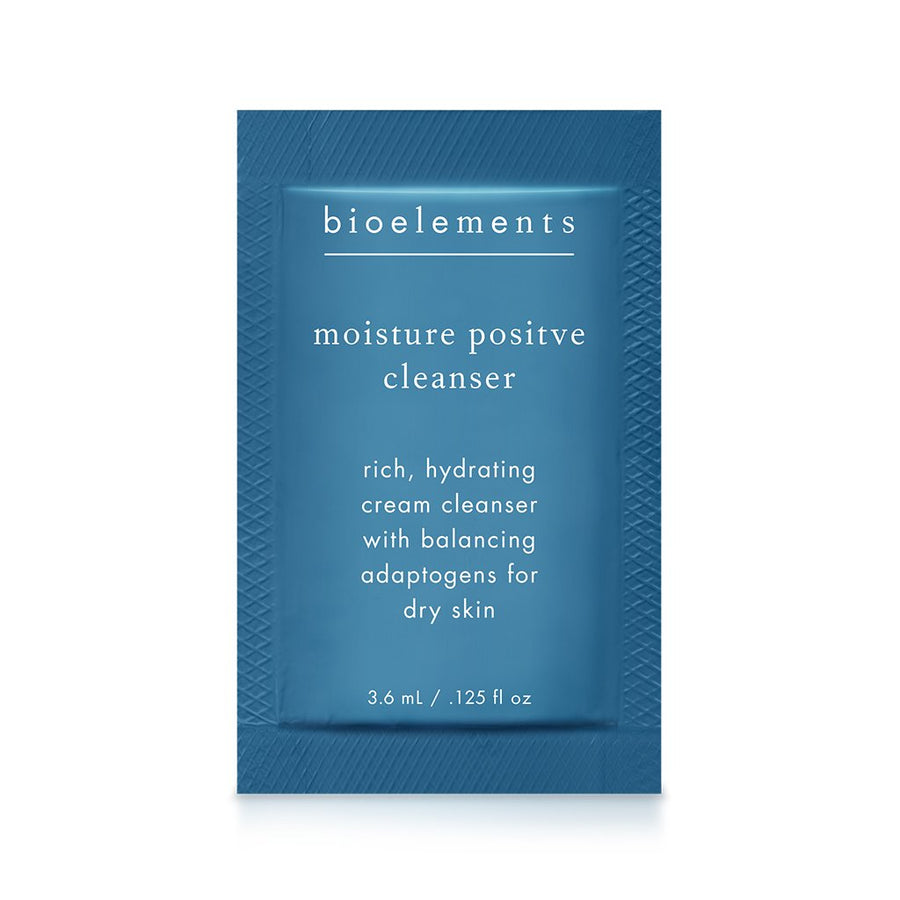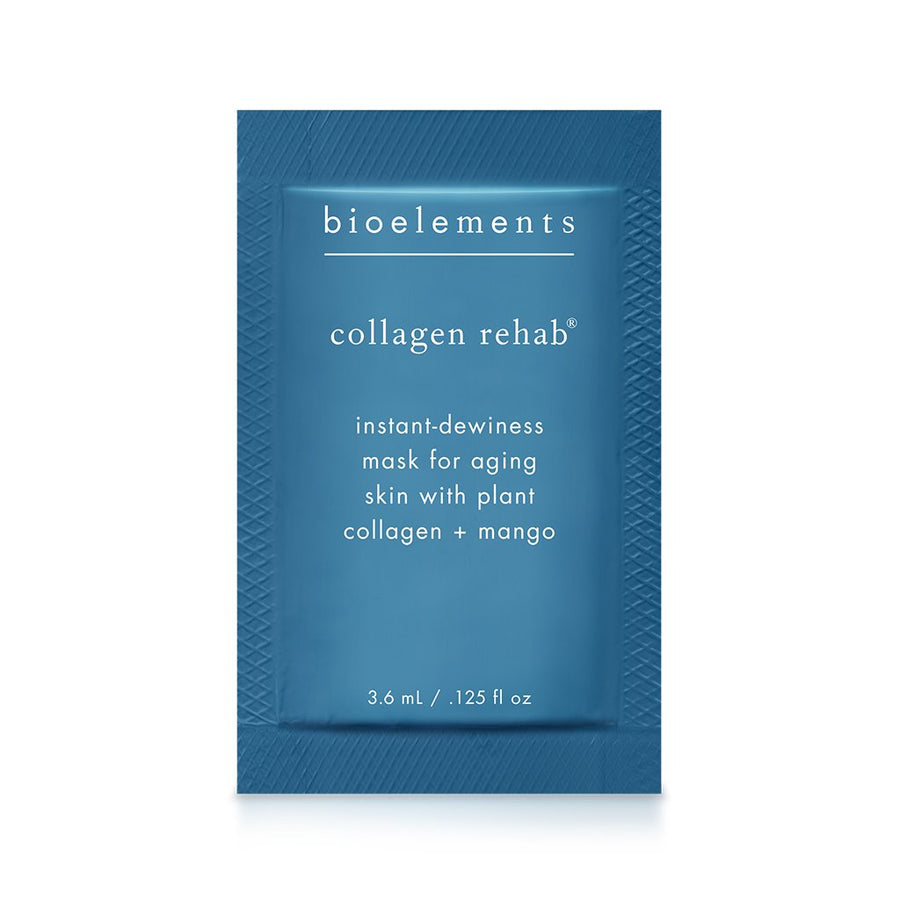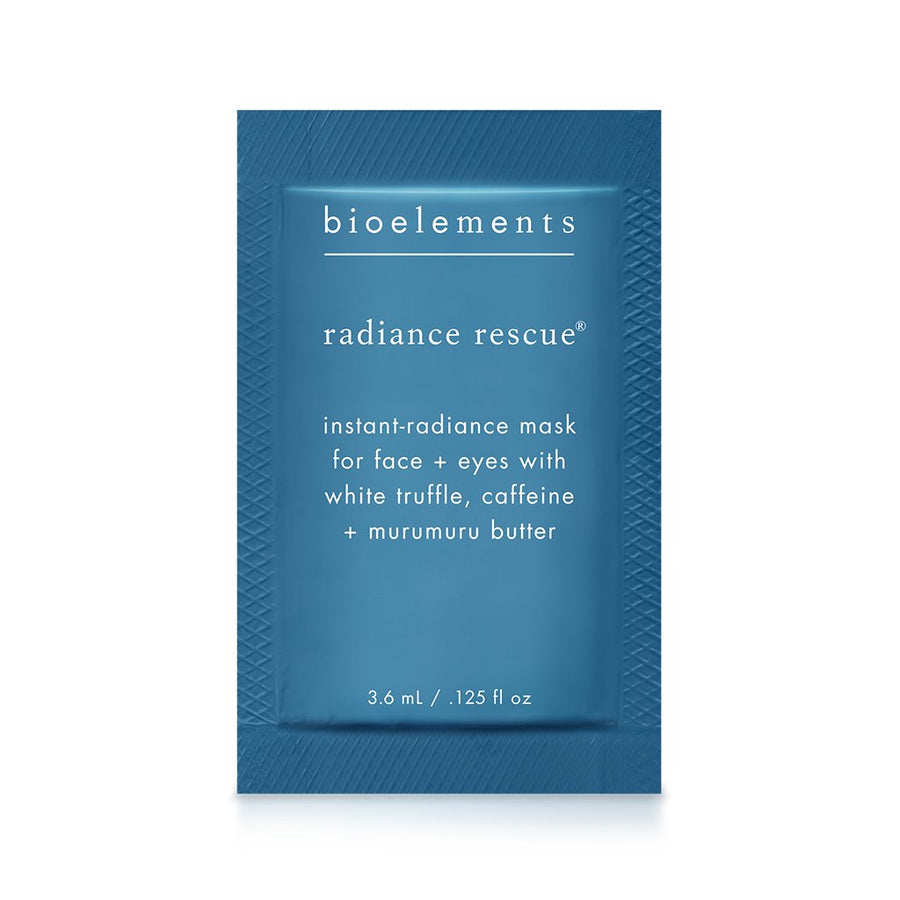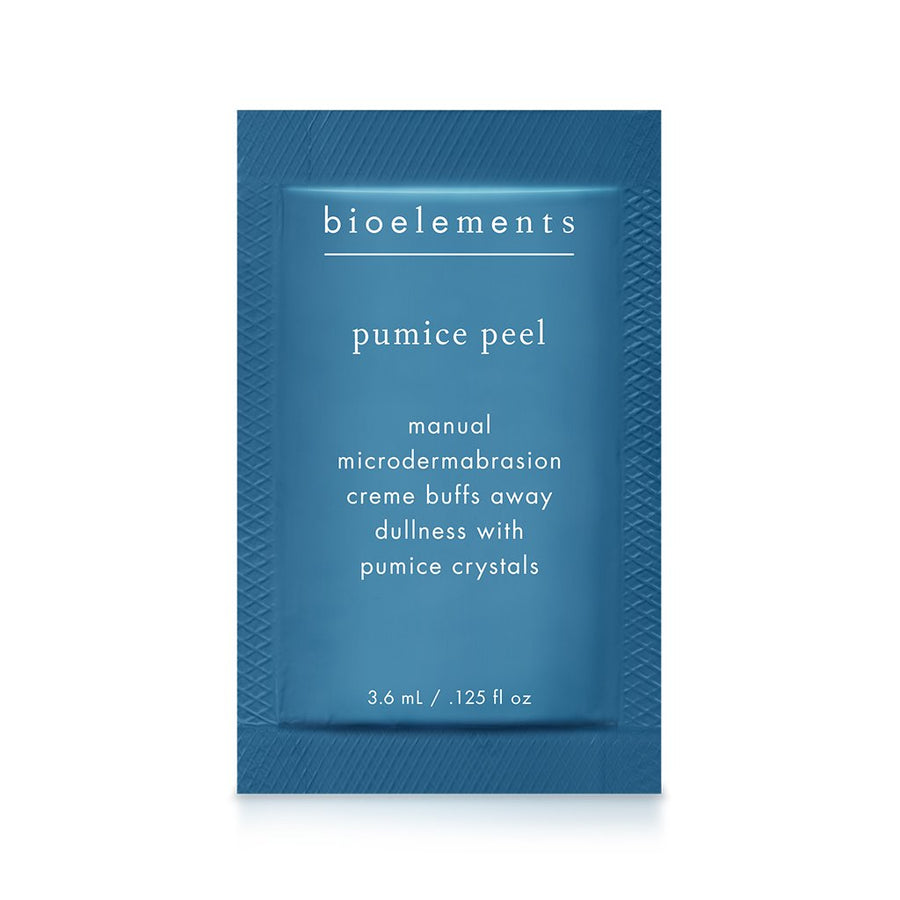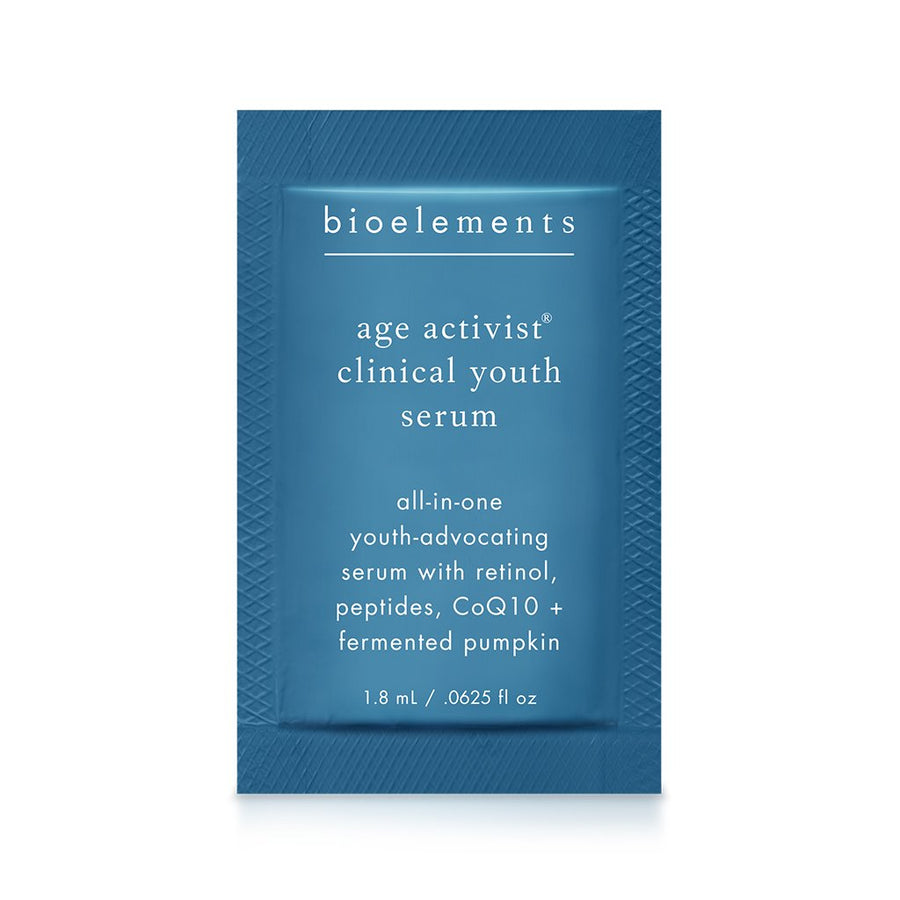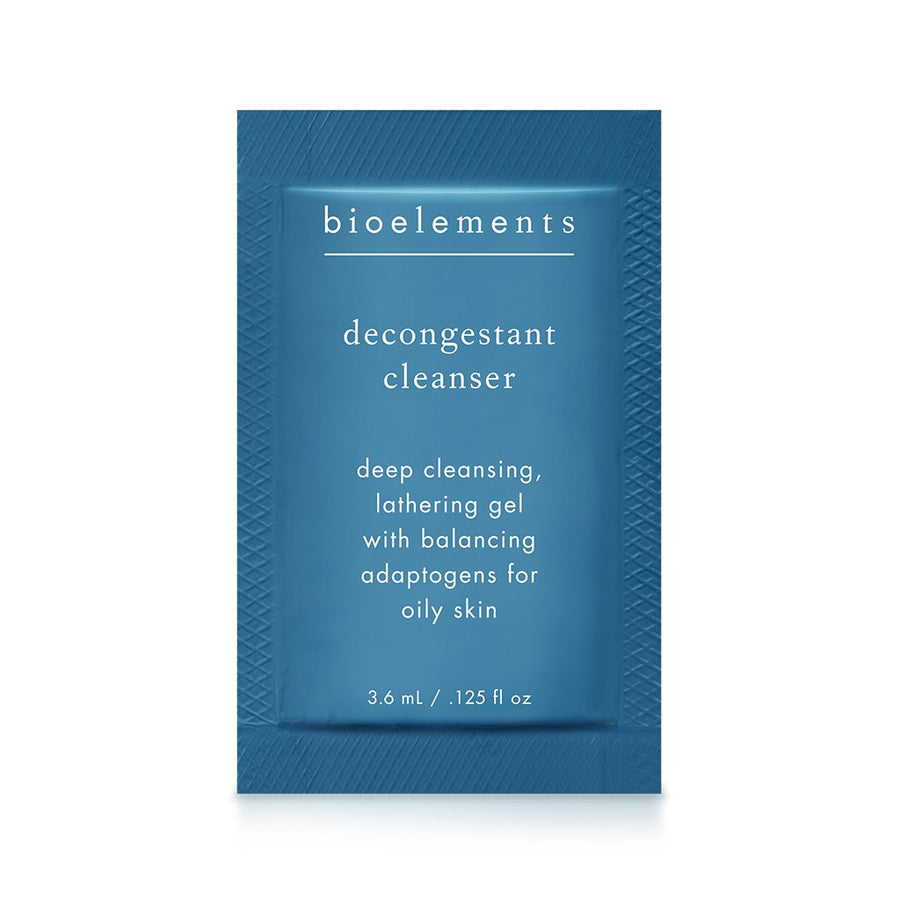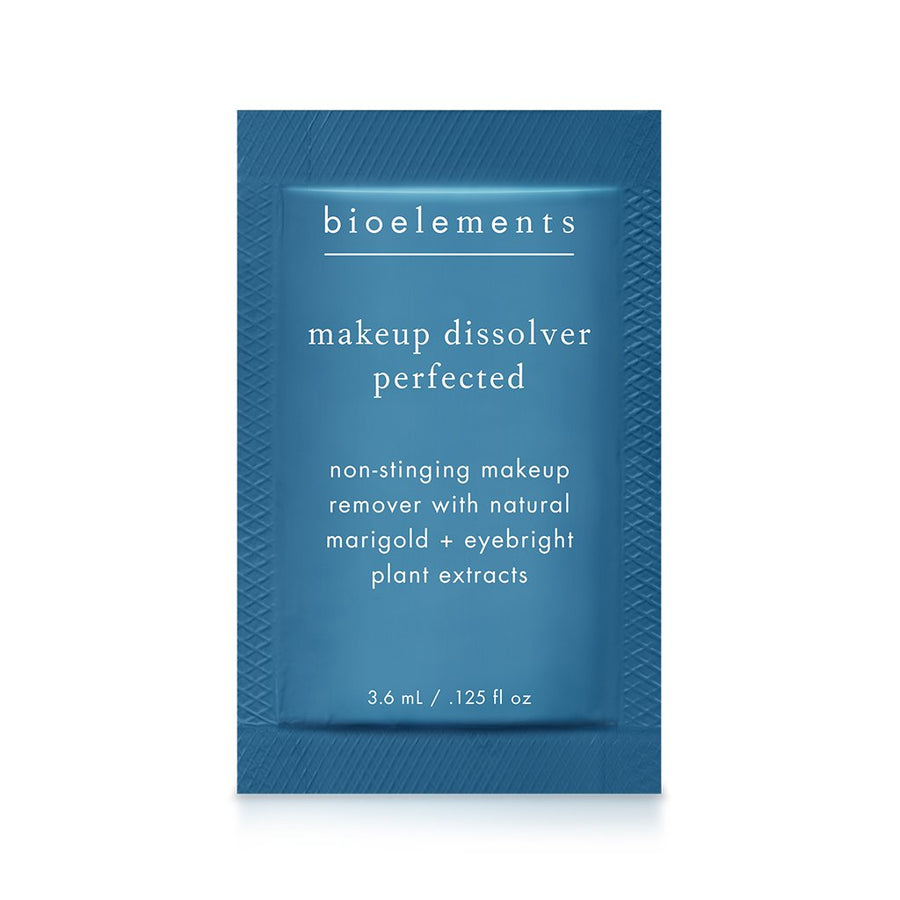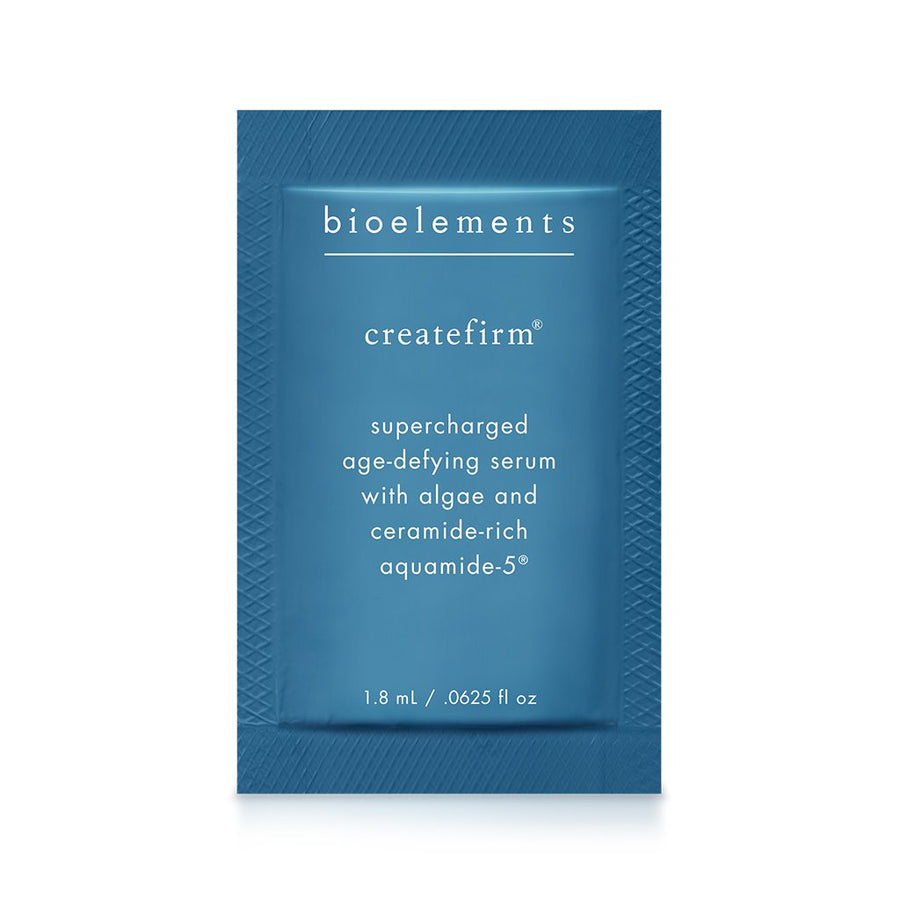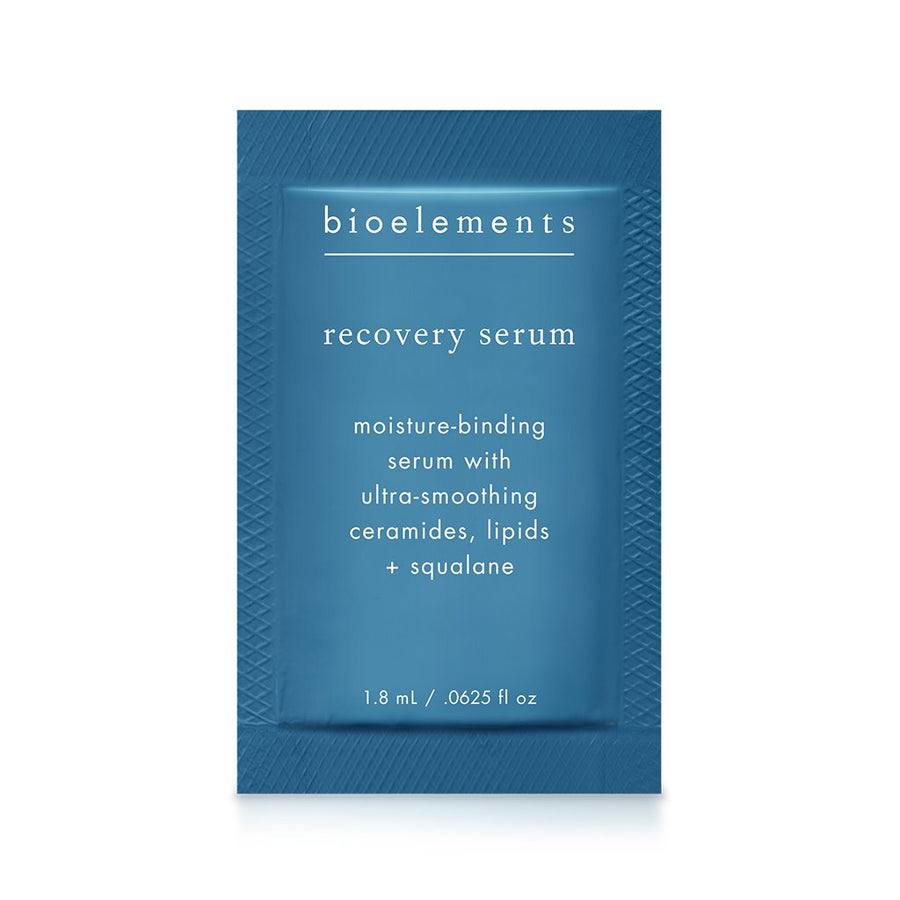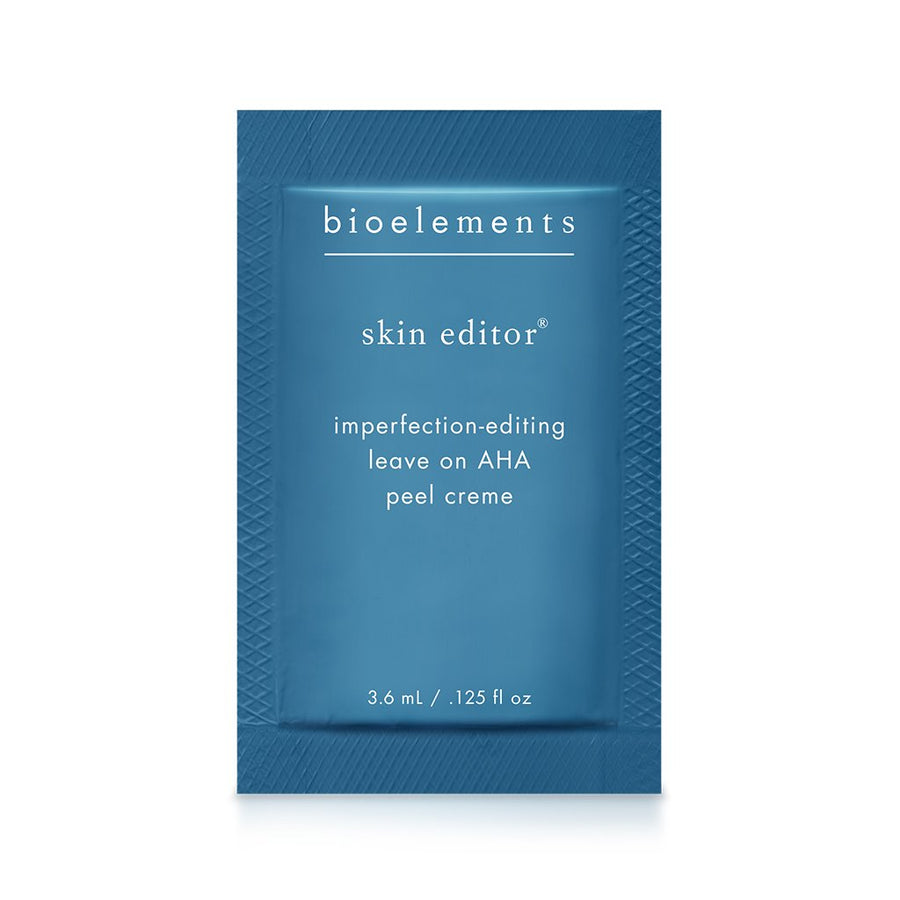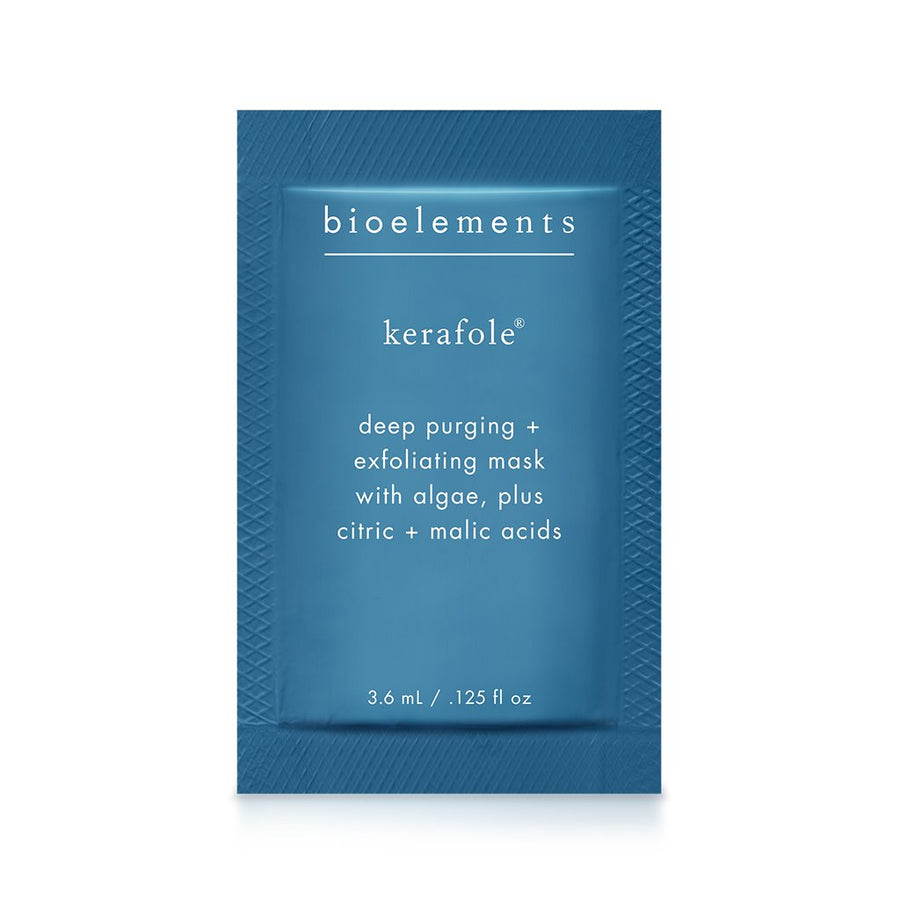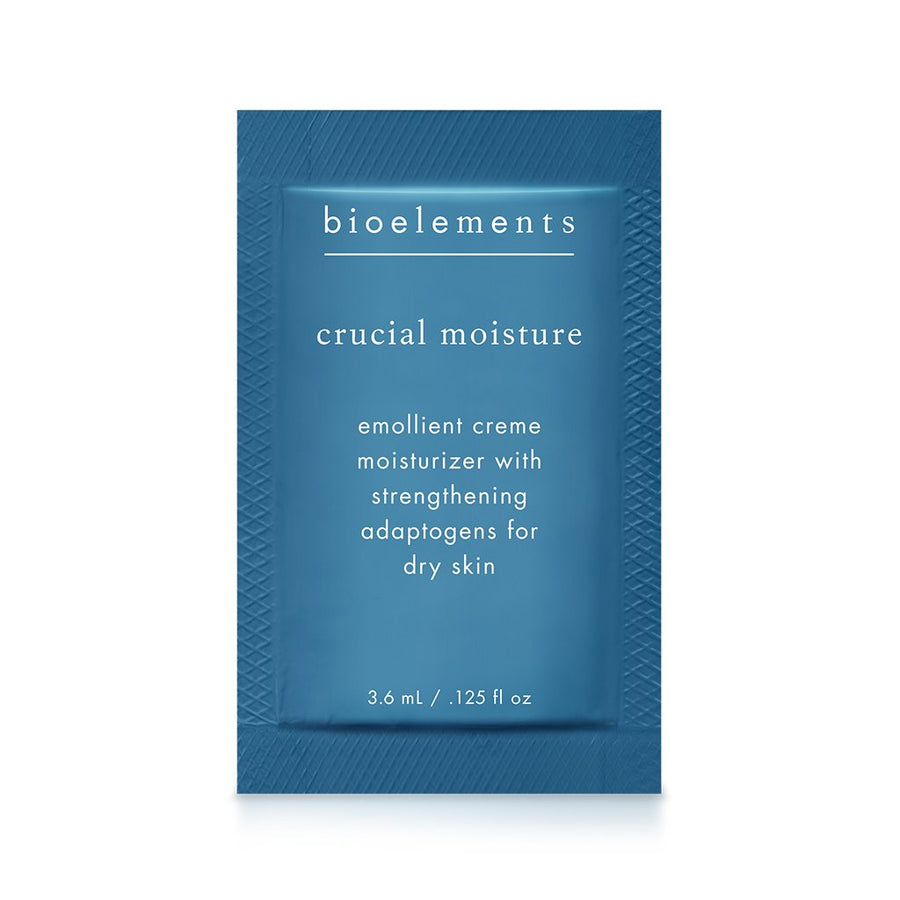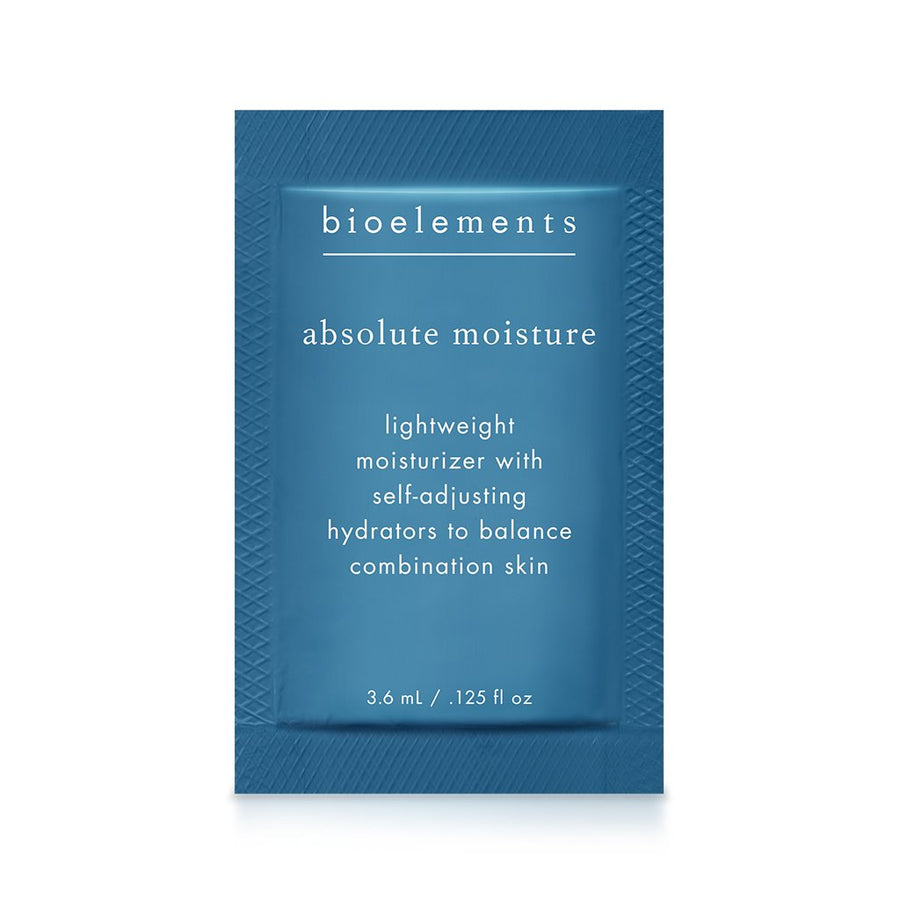If you’re struggling with acne and aren’t sure where to begin, start at the source. Knowing acne’s root causes and contributing factors helps you understand what your skin care formulas should target, and why some treatments might not be working.
While acne is never one-size-fits-all, and there are a variety of causes and reasons you could be breaking out, experts agree that at least one of these four core acne triggers is behind most breakouts.
1. Overactive Sebaceous Glands
Excessive production of oil, known as sebum, is closely linked to acne prone skin. Sebum is naturally produced by sebaceous glands within follicles located throughout the body, except on the palms and soles. These sebaceous follicles are particularly concentrated on the face, neck, back, and chest.
Each follicle may contain a fine vellus hair that helps to channel sebum out of the pore. In acne, follicles without hair or with weak hair can trap excess sebum, causing blockages. The sebum in acne prone skin is often thicker and stickier due to lipid imbalances. Additionally, enlarged or multi-lobed sebaceous glands are common in acne prone skin, leading to increased sebum production and potential pore blockages
The formula you need: Pore Thing
2. Pore Clogging Cell Buildup
The skin regularly sheds dead skin cells, but in acne prone skin, this natural process of desquamation becomes disrupted. Acneic skin exhibits an accelerated production of skin cells, typically four to five times faster than typical skin. Moreover, deficient levels of key enzymes responsible for aiding in natural desquamation contribute to the retention of these excess skin cells.
The epidermis extends down into the follicle, therefore the accumulated skin cells build up, stick together and mix with sebum, leading to the formation of blockages or impactions, often referred to as retention hyperkeratosis.
The formula you need: Peel Breaker
3. Breakout-Causing Bacteria
Our skin hosts a variety of microorganisms, including Cutibacterium acnes (C. acnes), which reside on the skin of most adults. However, not everyone reacts to its presence. In acne prone skin, C. acnes plays a significant role in breakouts. As an anaerobic bacteria, it thrives in pores where oxygen levels are low, feeding on sebum and producing free fatty acids that can irritate follicles. While researchers continue to study C. acnes' exact role in acne lesions, they've found that individuals prone to acne may have higher levels of specific bacterial subtypes that trigger inflammation and contribute to pore blockages.
The formula you need: Oxygen Boost Barrier Treatment
4. Acne Activated Inflammation
Inflammation is a crucial factor in the complex process of acne development. When follicles become blocked by excess sebum and dead skin cells, they create an ideal environment for Cutibacterium acnes (formerly known as Propionibacterium acnes), a bacteria that thrives in such conditions. This bacteria triggers an inflammatory reaction by releasing substances that activate the immune system and promote inflammation.
Consequently, the affected skin often appears red, swollen and can be tender to the touch. The Inflammatory processes also play a pivotal role in the formation of various acne lesions, including papules, pustules, and nodules. Inflammation can delay the healing of breakouts, trigger post-inflammatory hyperpigmentation, and compromise the skin's natural barrier function.
The formula you need: Spot Defy, Daily Meds



